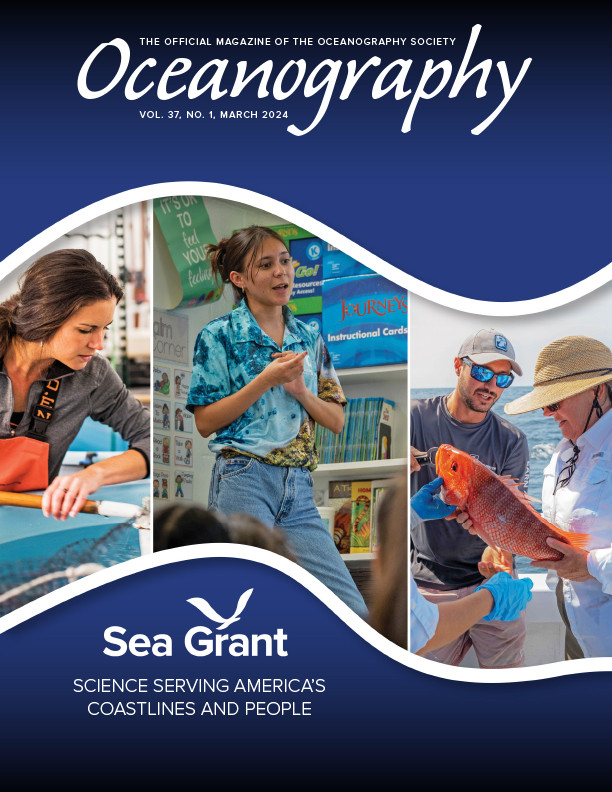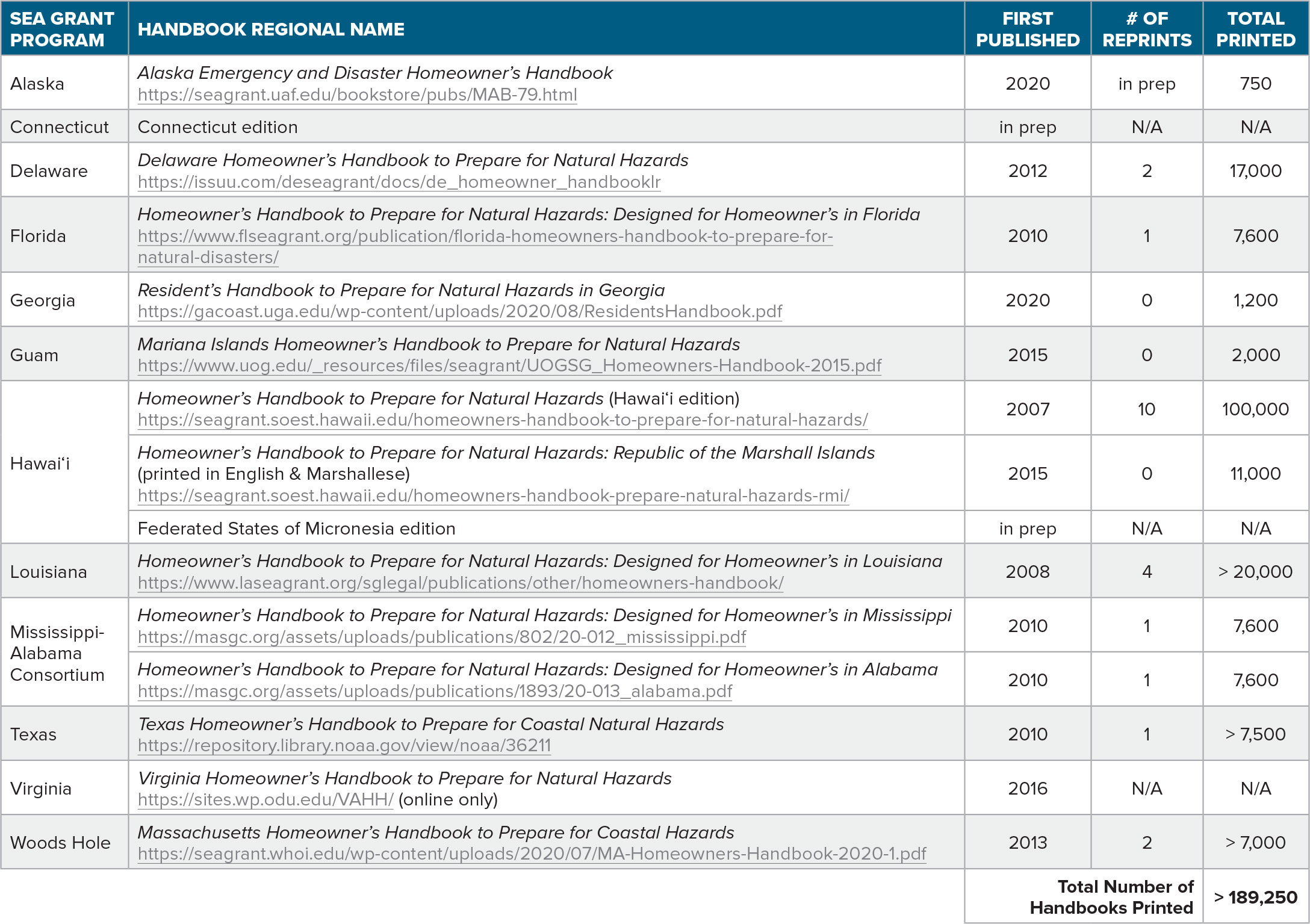Introduction
The Federal Emergency Management Agency (FEMA) tracks 18 types of natural hazards across the United States, maintaining a National Risk Index for hazards that include coastal and riverine flooding, tsunamis, droughts, wildfires, earthquakes, hurricanes, and strong winds. In Hawai‘i, the risk of hurricanes came to the forefront for our communities when Hurricane Iniki struck the rural island of Kaua‘i in 1992, damaging over 5,000 homes. A decade or so later, after Hurricane Katrina struck Louisiana in 2005, damaging more than 275,000 homes and causing major loss of life, Hawai‘i Sea Grant worked with emergency management experts across agencies to produce the Homeowner’s Handbook to Prepare for Natural Hazards. The Handbook was first published in 2007, and it has since been expanded, revised, and adapted by Sea Grant programs across the country (Hwang and Okimoto, 2019).
As climate change increases the intensity and frequency of natural hazards like hurricanes, the Handbook has become even more relevant. Indeed, the United States has faced historic hurricane seasons repeatedly in the past five years—including 2017, with Hurricanes Harvey, Irma, and Maria (FEMA, 2022), and again in 2021, 2022, and 2023 with costly Hurricanes Ida, Ian, Idalia, Lee, and Margot in the Atlantic, and Typhoon Mawar in the Pacific. Moreover, even a strike from a relatively small, Category 2 hurricane can result in a massive loss. In 2018, after Hurricane Lane threatened O‘ahu, an official estimate using the FEMA Hazus tool predicted 52,000 displaced households and 27 billion in losses if Lane had hit the island (Honore, 2018).
In terms of economics and fatalities, hurricanes are the number one risk across the United States, with (1) wildfire, drought, and heatwaves; (2) winter storms; (3) flooding; and (4) earthquakes rounding out the next five most costly natural hazards (Rudden, 2023). Human-caused climate change is greatly increasing the risk of these hazards across the United States. The number of wildfires in western North America has risen dramatically, reaching major disaster level in California in 2017 (FEMA, 2022). Wildfires have also accelerated in the Southwest, the Great Plains, the East Coast, and even in island locations like Hawai‘i. Fires have been intensifying due to the interactions of changing climate, prolonged droughts, deforestation, extractive agriculture, invasive grasses, strong winds, and human-caused ignitions. US wildfires have risen to $20 billion in annual costs (Statista, 2023). For example, in August 2023—triggered by a combination of severe drought and strong pressure gradient winds driven by nearby Hurricane Dora—wildfires burned over 2,000 acres in Lāhainā, Hawai‘i, resulting in the loss of more than 2,000 structures and almost 100 lives.
Creating the Handbook
With such significant, growing natural hazard risk across not only our country but also the world, the need to prepare homes and families is readily apparent. Despite an abundance of knowledge on how to prepare for natural hazards, information is often difficult for residents to locate or unapplicable to their local area. The Homeowner’s Handbook to Prepare for Natural Hazards was developed to provide residents with the most relevant, current information in a graphical, easy-to-understand format (Figure 1).
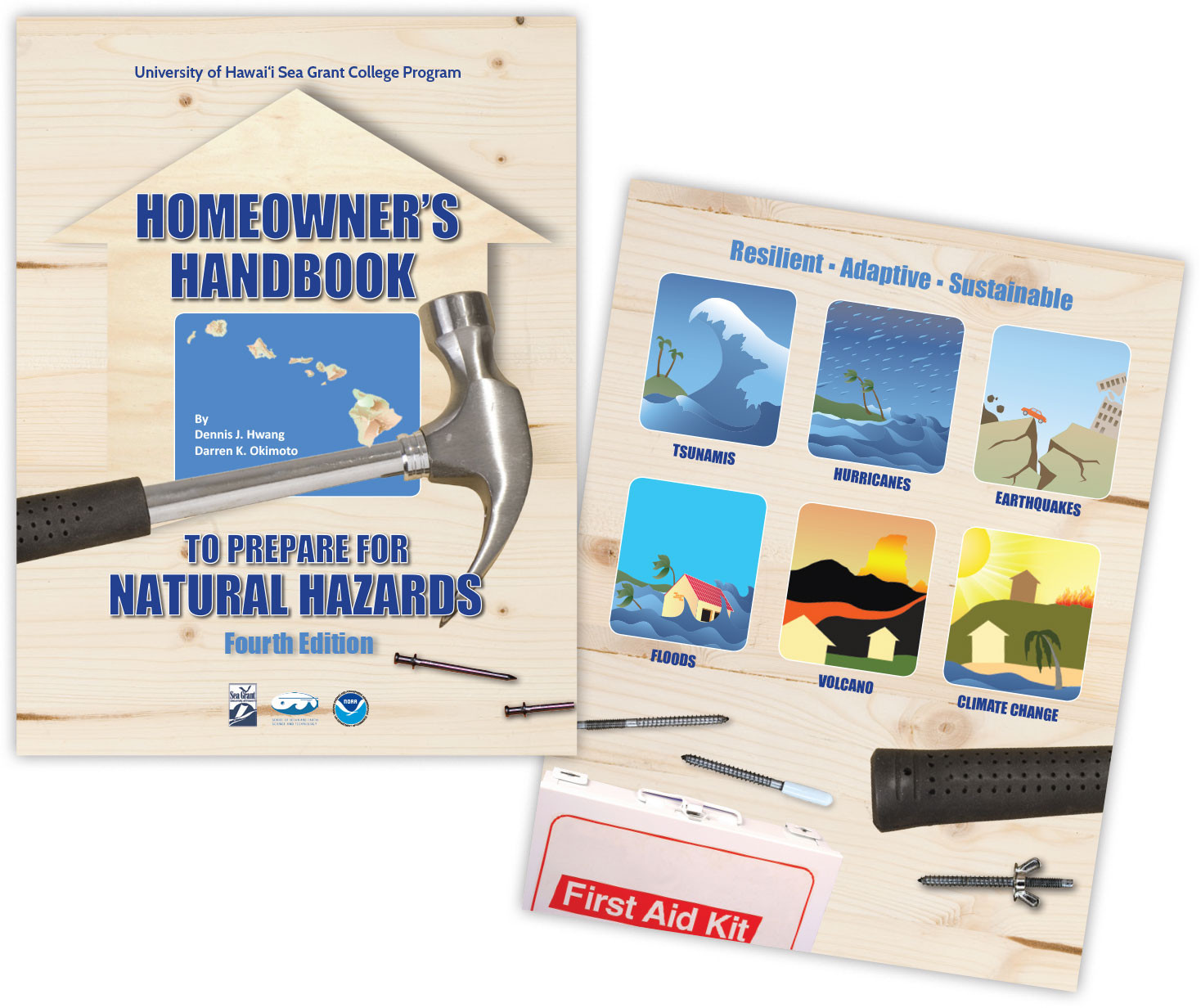
FIGURE 1. Cover of the Hawai‘i Homeowner’s Handbook to Prepare for Natural Hazards. From Hwang and Okimoto (2019). > High res figure
|
Since 2007, Hawai‘i Sea Grant has provided the template and design files of the Handbook to many other Sea Grant programs. The Handbook has been adopted by 13 programs across the United States and tailored to 15 distinct regions, with over 189,250 copies printed (Table 1).
Although the Handbook is typically written for homeowners, most of it is applicable to all community members—including the sections on hazard science, emergency supplies, evacuation planning, and insurance. Information on hazard risk, emergency contact information, evacuation planning guidance, types of housing, and retrofit measures is specific to each region. In terms of preparing the community, the Handbook commonly covers six key areas of importance: (1) hazard science and risk; (2) how to gather emergency supplies; (3) creating scientifically based emergency/evacuation plans; (4) strengthening or mitigating a home against wind, flood, and other hazards; (5) hazard insurance; and (6) helping the vulnerable.
Understanding Risk
Perhaps the biggest single block to preparation is denial of hazard risk in various forms. We have found, through outreach since 2007, that residents are reluctant to prepare if they do not understand the scientific bases of hazards or if they are not convinced that there is risk. Thus, an especially important goal of the Handbook is helping communities understand the science behind hazards such as weather, climate change, oceanographic conditions, and sea level rise. Educating our communities about multiple hazard risks is also vital in helping people “know their zone” so they can create scientifically based evacuation plans based on predicted conditions in their areas. The Handbook provides scientific explanations for various types of natural hazards, and online links provide resources to help residents identify their hazard zone and create appropriate evacuation plans so that people don’t shelter in a flood or storm surge zone.
Emergency/Evacuation Plans
In addition to avoiding dangerous flood or storm surge zones, residents must also consider hurricane winds in their emergency plans. People’s ability to shelter in place is dependent on the strength of their home, which is governed by building age, local building codes in force at the time of construction, building maintenance, any additional retrofits or home strengthening measures, and the strength of the storm. The Shelter in Place Table (see Figure 2), written with the help of three structural engineers, provides guidance on when it is suitable or not to shelter in place. The ability to shelter in place is also a factor in motivating residents to strengthen their homes through retrofit.
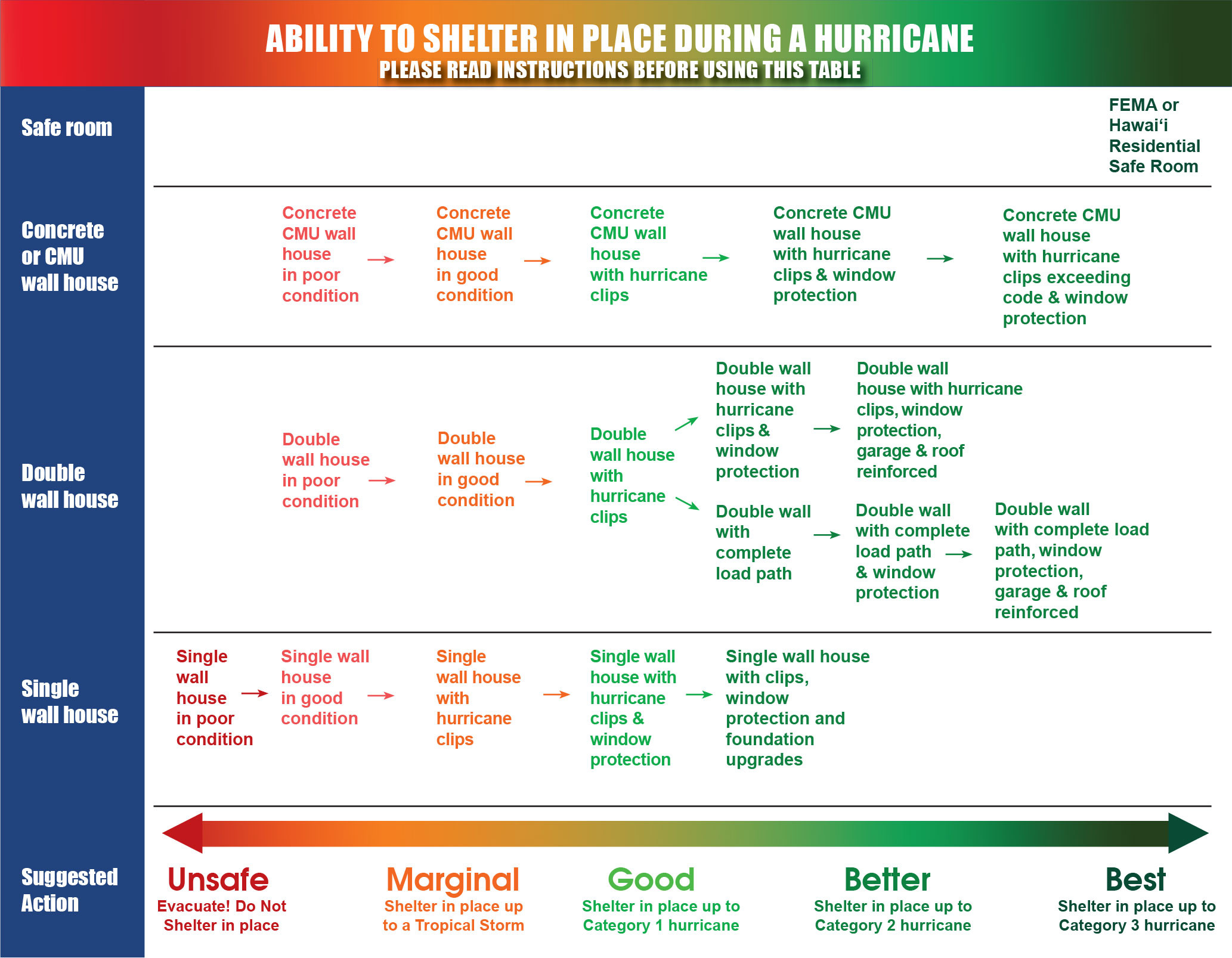
FIGURE 2. A shelter-in-place table in the Handbook provides information about when it is suitable to shelter in a home during hurricane winds. > High res figure
|
Strengthening the Home
Best practices in the Handbook have concentrated on strengthening homes to withstand wind and flood damage, following, or outperforming, modern building codes. The practices come from: (1) modern building code measures applied to older houses, (2) new practices developed by architects and engineers to fill community needs, (3) guidance documents from the FEMA Building Science Branch and the Insurance Institute of Business and Home Safety, and (4) lessons learned from damage assessments from previous disasters. For example, following Hurricanes Harvey (2018) and Ida (2021), which impacted the Gulf Coast, faculty from Texas, Louisiana, and Hawai‘i Sea Grant programs engaged in damage assessments with the FEMA Building Science Branch and Simpson Strong-Tie (University of Hawai‘i and Louisiana State University Sea Grant, 2021). Following the Maui wildfires in August of 2023, a team of structural engineers, architects, and scientists organized by Hawai‘i Sea Grant will be conducting field assessments in Lāhainā. These assessments will provide input for best practices to be included in future Handbooks, recovery documents, and outreach materials. In the Handbook for the Federated States of Micronesia, new retrofit practices to address significant corrosion problems are being developed by Steelscape, Simpson Strong-Tie, and Hawai‘i Sea Grant.
In developing best practices, the goal is to keep costs down and provide a range of options. For example, there are over 10 ways to protect windows from hurricane wind, ranging from plywood covers (least expensive) to installation of impact-resistant windows (most expensive, but remain in place). There are also three different ways to seal a roof against leaks. The Federated States of Micronesia Handbook will additionally have three different ways to mitigate corrosion of metal corrugated roofs, with a trade-off between effectiveness and cost. Another way to keep homeowner costs down is to provide a step-by-step guide for the easier do-it-yourself retrofits, after initial consultation with a licensed architect or engineer.
Customizing Hazard Preparation in the Handbook
The Handbooks are customized to address hazards for a particular area, including climate change. Best practices that address resiliency, sustainability, and adaptation have been identified for roofing components, windows, landscaping, solar, and interior home appliances. Many best practices for hazard resilience overlap those for environmental sustainability and climate adaptation. For example, it is possible to connect all components of the roof so that they hold together during hurricane winds. At the same time, the roof can be (1) sealed so it doesn’t leak, and (2) made cool to extend the life of roofing components. These practices also reduce the urban heat island effect, energy demand, and use of fossil fuels. The Delaware and Georgia Handbooks address climate change components such as extreme heat, drought, and wildfire; the 4th edition of the Hawai‘i Handbook covers these as well as sea level rise, infectious disease, and coastal erosion.
Role of Partnerships
The Handbooks would not be possible without the participation of many partners who help to provide technical support, outreach assistance, and funding. Partnership building is, in fact, an important first step in creating a Handbook for a new location. Especially important are government and scientific organizations. Examples at the federal and state levels include NOAA (Weather Service Offices, Pacific Tsunami Warning Center, and Coastal Zone Management), US Geological Survey, and FEMA (Building Science Branch and Flood Insurance Division). At the local level, key partners are the emergency management offices in the state, county, or parish. Private industry has also been a key partner in Handbook development with support from banking, insurance, engineering, and construction material firms. Sea Grant Handbooks are as inclusive as possible, and organizations can help by providing financial support, technical guidance, or outreach assistance. For example, in 2018, the Hawai‘i State Legislature provided funding to update the Hawai‘i Handbook to the 4th edition, print 30,000 copies, conduct 50 outreach events, and create a communication plan designed to reach the Whole Community1 (i.e., all individuals and all organizations; FEMA, 2011).
Reaching the Whole Community is almost an impossible task; however, the Hawai’i communication plan was developed in 2020 using lessons drawn from over 300 outreach events, concepts of social science, and a Hurricane Behavioral Study by FEMA, ACOE, and the State Emergency Management Agency with 2,488 surveys (University of Hawai‘i Sea Grant, 2019). The resulting plan is designed to make Hawai‘i more resilient by changing behavior over time and addressing three behavioral categories: proactive, receptive, and unreceptive (Figure 3). The goal is to move citizens up the preparedness ladder, most likely in small steps, but perhaps in large, so that the unreceptive become receptive and the receptive become proactive/prepared. This is based on the premise that it is easier to make small changes in human behavior than large steps. The role of the proactive/prepared is to help vulnerable populations that need assistance. This is analogous to the emergency instructions on airlines (e.g., put your oxygen mask on first before helping others).
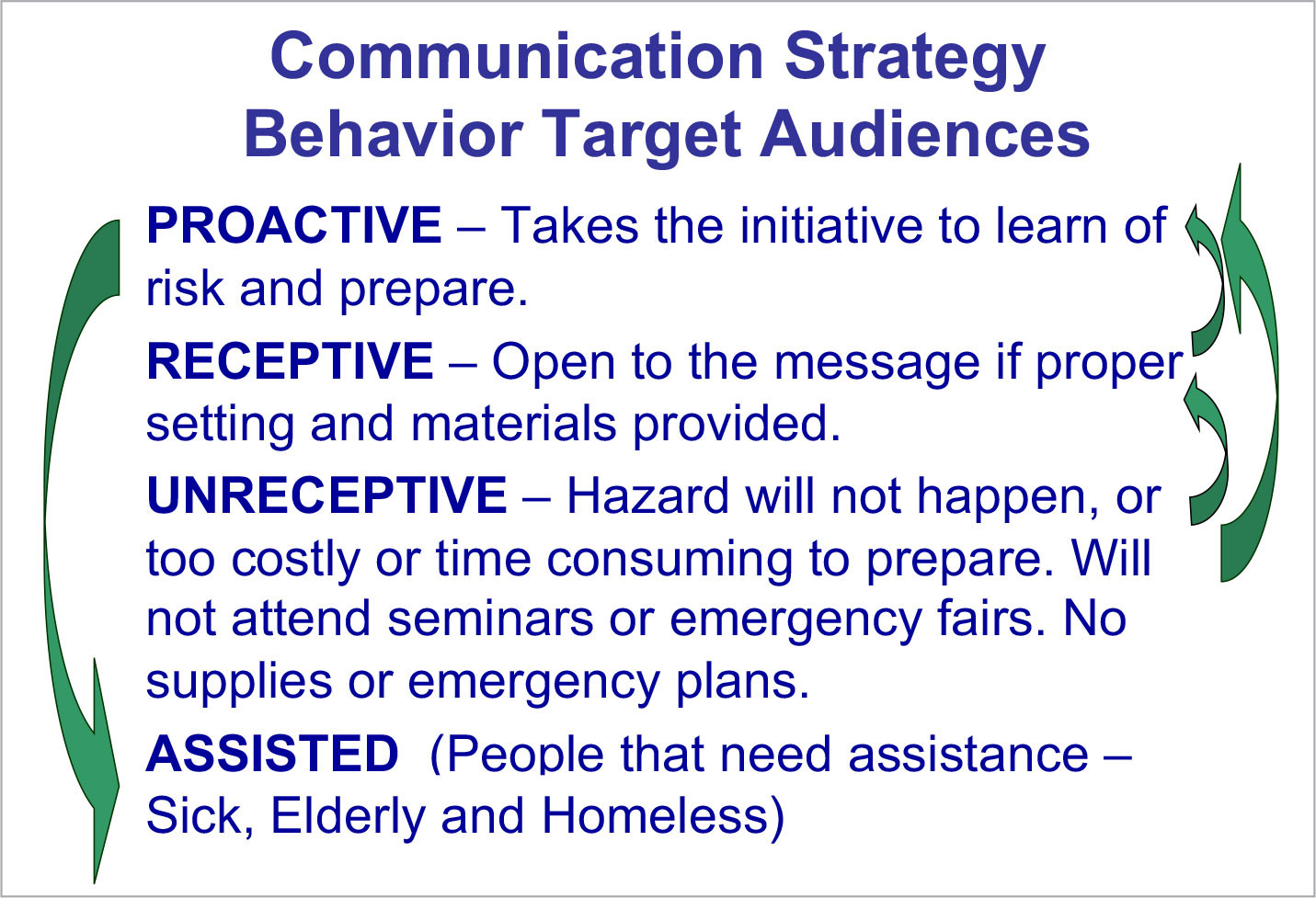
FIGURE 3. The communication plan for expanding hazard awareness aims to move people up the preparedness ladder in small or large steps (right-hand arrows) and include assistance for vulnerable populations during hazardous conditions (left-hand arrow). > High res figure
|
1 The phrase “whole community” appears frequently in preparedness materials, as it is one of the guiding principles. It means two things: (1) involving people in the development of national preparedness documents, and (2) ensuring their roles and responsibilities are reflected in the content of the materials. From https://www.fema.gov/glossary/whole-community
Range of Education and Outreach Activities
The range of education and outreach varies by target audience and Handbook location. The biggest difference is the mode of delivery. Receptive members will collect emergency information when convenient. Proactive members, however, will go out of their way to attend an emergency fair, workshop, seminar, or webinar on the Handbook. Proactive people are a community asset as they can absorb details such as evacuation planning and retrofitting, apply the guidance, and help others. In Hawai‘i, we estimate that 6,500 to 7,000 proactive homeowners have taken measures to strengthen their homes—without financial assistance or any building code requirements. Many have offered to shelter relatives and friends, helping to reduce shelter shortages. The strong instinct to protect family and home drives many of these people to act, and thus outreach events are requested at a high rate from organizations such as Rotary Clubs, American Association of Retired Persons, hardware stores, neighborhood boards, churches, and businesses (i.e., insurance, real estate, utility, banks).
Unreceptive citizens, however, cannot be relied on to attend outreach events or assimilate emergency/evacuation information. The first task with this group is to convey hazard risk so that they develop a sense of urgency to prepare. In the Hawai‘i Communication Plan, two key strategies to reach unreceptive audiences are: (1) continuing education courses (CEC), and (2) policy-driven education. For many professions, CEC are required to practice in that field. For example, in 2020, Hawai‘i Sea Grant developed and led a free four-hour CEC course with project partners on hurricane preparedness and mitigation. Out of 287 registrants, 237 earned 4 continuing education credit hours in the insurance industry.
In October 2023, the Hawai‘i Emergency Management Agency, on behalf of Hawai‘i Sea Grant, submitted a three-year Whole Community project to FEMA. Two-hour CEC courses will combine preparedness material in the Handbook with relevant professional material so that education credits can be earned for the insurance, legal, and real estate industries. Some of the courses will be live, while others can be taped and watched on demand. The policy-driven education component of this proposal will involve short, 10-minute videos on hurricane and tsunami hazard preparedness. The goal is for organizational leaders, such as the governor, mayors, and university administrators, to encourage viewing of the videos by all their employees. With the combination of CEC and policy-driven education, even unreceptive residents can be informed about hazard risk and learn how to create scientifically based emergency/evacuation plans. In summary, the Whole Community project is designed to make the state more resilient by changing community behavior over time with education and outreach targeted for all behavioral groups.
Preparing Communities Across the United States
In 2023, we surveyed 23 Sea Grant personnel and four partners across programs to better understand how various programs share the Handbook and educate the public on its contents. Across Sea Grant programs, Handbooks are targeted primarily for homeowners in hazard-prone locations, and to some extent renters, insurance professionals, small contractors, and real estate agents. Handbooks are typically shared through seminars and webinars, outreach events, meetings with homeowners and community partners, social media, traditional media (e.g., TV, radio, newspaper), articles (e.g., professional magazines, press releases), K–12 teacher and/or student workshops, and partners (especially emergency management). Handbooks are also made available at a variety of venues—primarily hardware stores, libraries, and houses of worship. For example, the Hawai‘i Handbook is distributed by all 51 public libraries in Hawai‘i. A special, 30-minute episode of the TV series Voice of the Sea was also produced in 2019, featuring original Handbook authors Hwang and Okimoto. The episode continues to rerun on TV in Hawai‘i and across the Pacific during hurricane season, and it is freely available online.
In addition, many Sea Grant programs have expanded their target audiences to include K–12 students and teachers as part of community outreach. Delaware, for example, has an education program that helps students and families develop emergency evacuation plans and “supply kits.” Woods Hole Sea Grant’s education team has a similar supply kit focus and has very recently developed an outreach activity based on the Handbook to draw folks in and engage with its content. Participants prepare their “emergency supply kit” by choosing kit items from laminated cards (with info on the back detailing why it is or is not a good idea to include that item). Hawai‘i has also developed standards-aligned grade 3 material on natural hazards and an activity on house designs that survive storms, a demonstration of which is available through the NOAA Live! webinar series (produced in collaboration with Woods Hole Sea Grant). Effectiveness and impact of Handbooks are typically assessed through meetings with residents, short surveys, interviews with project partners, and number of copies distributed. Respondents indicate that Handbooks have positive impacts in their communities, describing the Handbook primarily as a comprehensive information resource for preparation.
Expanding Handbook Users
The most common suggestion for reaching more people is to make the Handbook more relevant to condominium owners, people in high rise buildings, and renters. This can be done as an additional section of the book or as a new publication. For example, Georgia Sea Grant staff have adapted their Handbook and changed the name to cover needs specific to both homeowners and renters. The next version of the Hawai‘i Handbook will also add a section for condominium residents and renters. Suggestions for modification to Handbooks included updating for the latest information, making the Handbook place specific (e.g., tornadoes), having tear-out checklists, and translating into more languages. To reach additional audiences, multiple respondents indicated that they often extract parts most relevant to their immediate audience needs and format the information accordingly, rather than distributing the full Handbook. In order to reach the Whole Community, increased education and outreach using various modes of delivery can activate all behavioral groups to prepare.
Acknowledgments
Financial support for the Handbook was generously provided to Hwang and Okimoto by Hawai‘i Sea Grant, Hawai‘i Emergency Management Agency, Hawai‘i State Legislature, Hawai‘i Department of Land and Natural Resources, Hawai‘i Coastal Zone Management Program, City and County of Honolulu Office of Climate Change, Sustainability and Resiliency, State Farm, D.R. Horton, Hawaiian Electric Company, Simpson Strong-Tie Company, Zephyr Insurance Company, ICAT, West O‘ahu Roofing, Coastal Windows, and Hardware Hawaii, whom we gratefully thank. We also acknowledge J. Philippoff for her contribution to survey design and are grateful for Handbook input received from Sea Grant personnel across the country: T. Beeson (Delaware), J. Benson (Connecticut), G. Berman (Woods Hole), J. Clark (Virginia), T. Crews (Oregon), M. Daigle (Louisiana), A. Dixon (Mississippi-Alabama Consortium), K. Finegan (South Carolina), A. Goetz (Maryland), K. Hearther (Hawai‘i), T. Herkalo (Lake Champlain), E. Kenworthy (Georgia), R. Kron (Louisiana), K. Mandapat (Guam), I. Miles (Illinois-Indiana), D. Montano (Alaska), T. Sempier (Mississippi-Alabama Consortium), G. Simpkins (Woods Hole), J. Simpson (MIT), D. Swallow (Delaware), M. Thoms (Minnesota), L. Tiu (Florida), L. Wise (New Hampshire). Special thanks go to these Handbook partners: A. Lindsey (University of Florida), L. Door (Insurance Agent), T. Waite (Simpson Strong-Tie), and D. Grant (Shark Research Institute).

